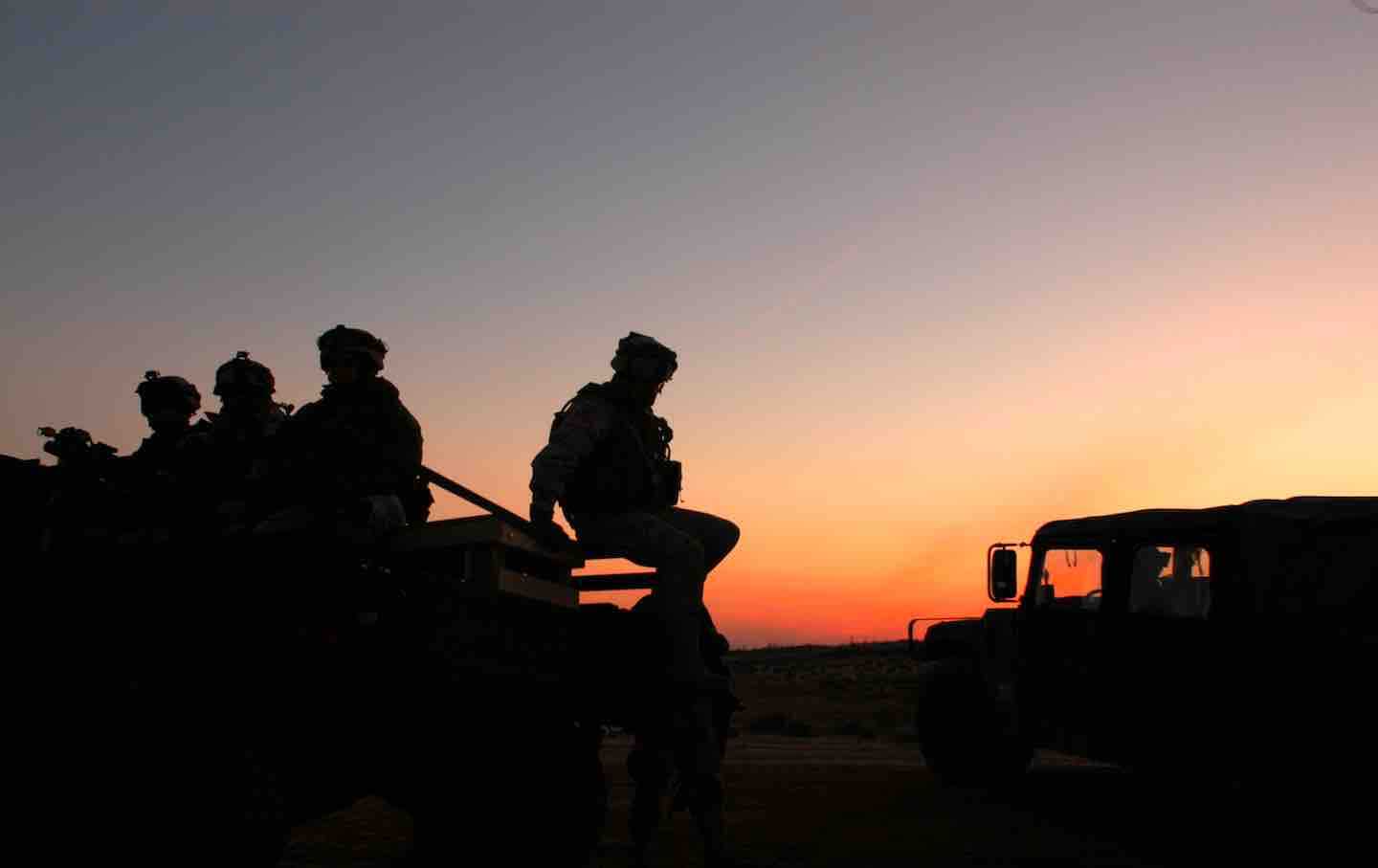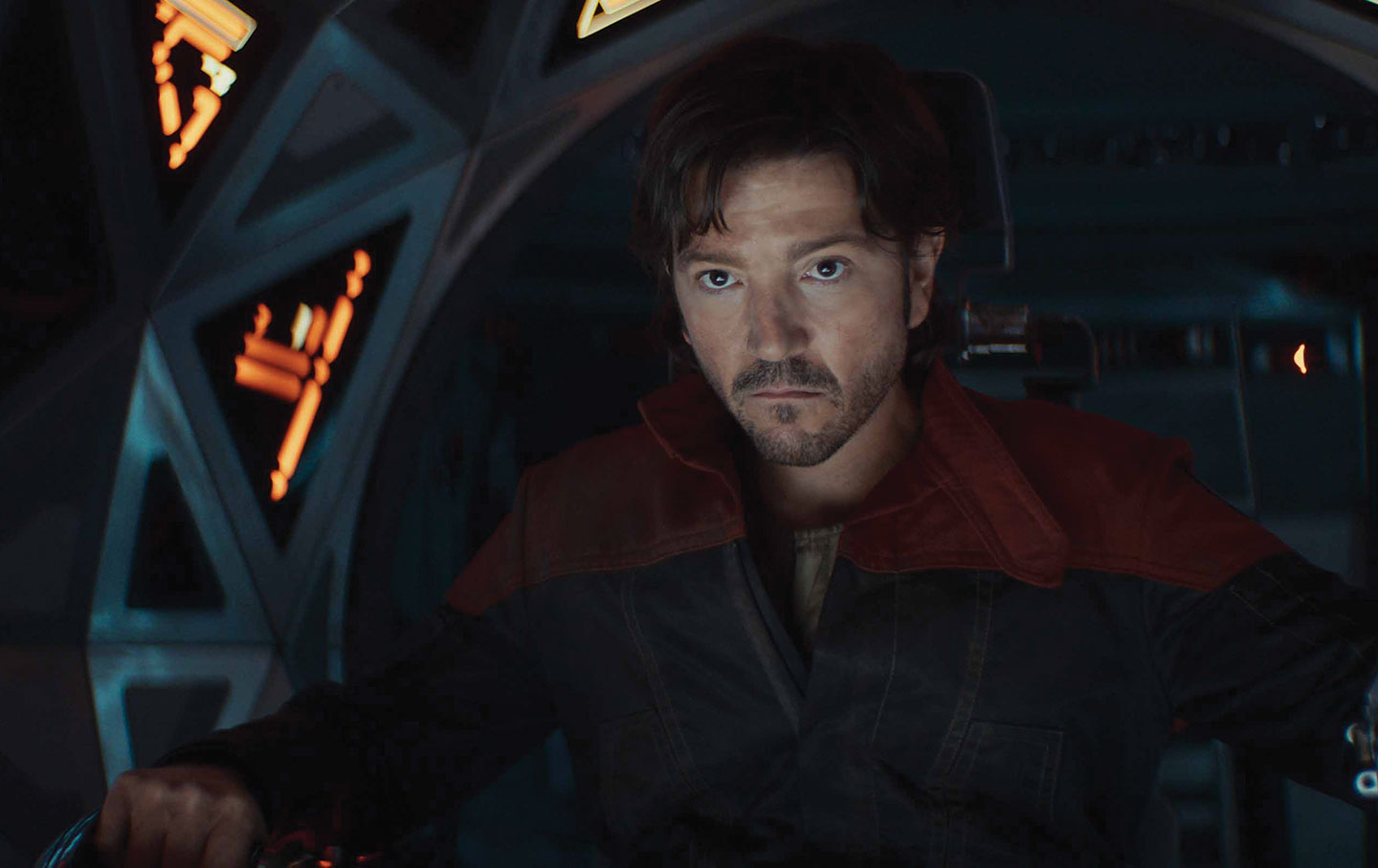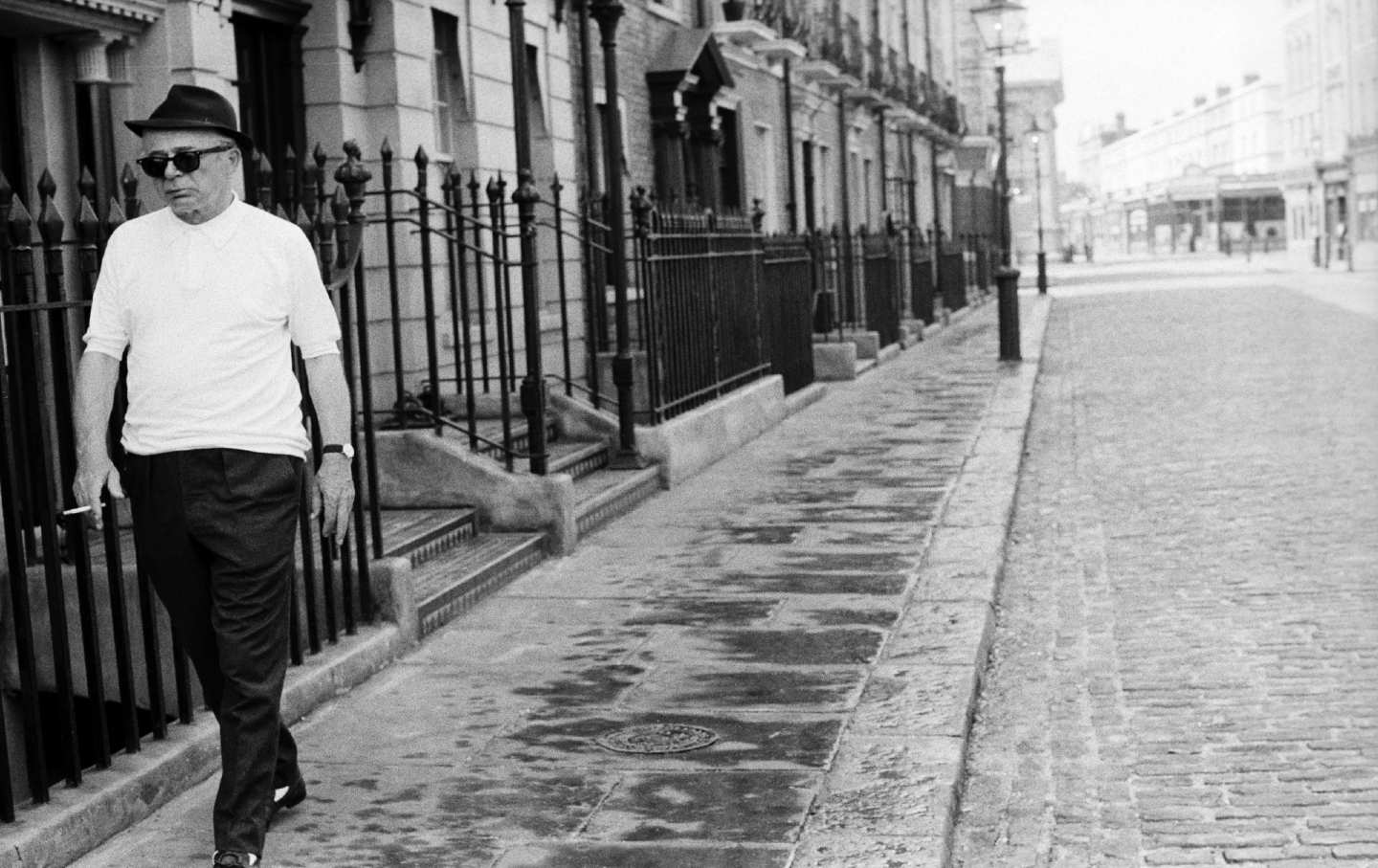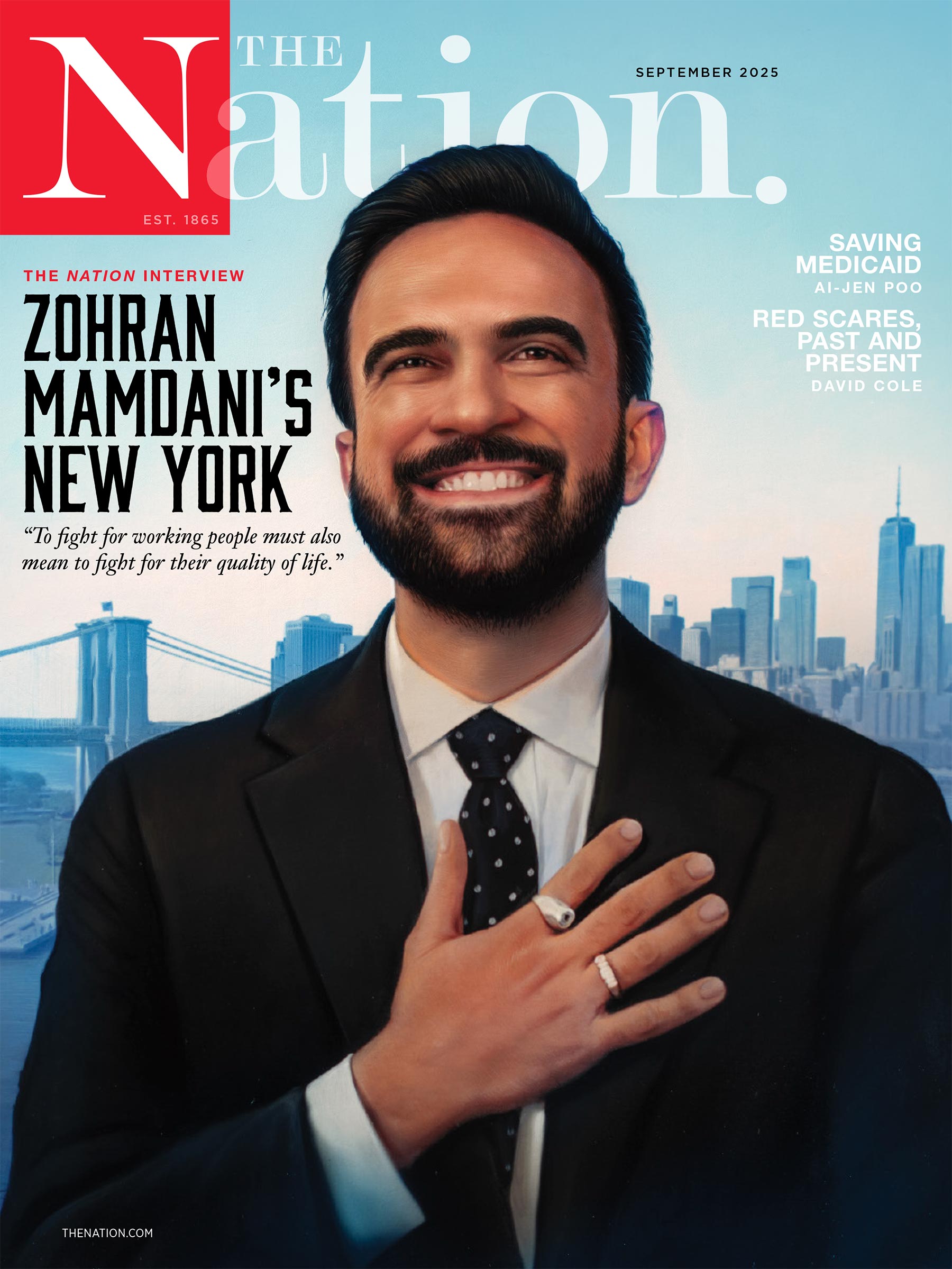The Rot at Fort Bragg
Seth Harp exposes how all the death and crime surrounding one military base is not an aberration but representative of the fratricidal impulse of the armed forces at large.

Members of the 504th Parachute Infantry Regiment, Delta Company in Fort Bragg, North Carolina, 2005.
(Logan Mock-Bunting / Getty Images)Meet Freddie Wayne Huff II. Rising in the ranks as a lawman in North Carolina during the early years of the War on Terror, Huff made the leap from drug-hunting K9 officer to a deputized officer at the DEA in 2009. Not long into his stint with the El Paso Intelligence Center, the DEA’s leading intel hub targeting Mexican drug cartels, he was confronted with stark words from a terminally ill mentor. “What you think you’re doing is noble,” said the dying veteran to his young gun. “But they want it here. You’re a pawn. Everything you’re doing is in vain.”
Books in review
The Fort Bragg Cartel: Drug Trafficking and Murder in the Special Forces
Buy this bookA year later, Huff returned to North Carolina, back with the K9 unit, raking in millions in seized illicit cash for the Lexington Police Department. He was so good at his bailiwick that his seizures helped fund the department’s new training facility, upgrade its vehicle fleet, and expand its assault rifle arsenal. In 2013, Huff was promoted to state trooper, where he continued to shine. But before the year was up, he made the mistake of pulling over a drunk driver who also happened to be an insurance executive and donor to Governor Pat McCrory. Huff was drummed out of the force on trumped-up charges. Suddenly, the ominous words from his DEA mentor returned to him with a vengeance. “I told myself that if anything ever fell in my lap,” Huff said, “I was going to use every fucking thing I had known, learned, and taught against them.”
Seth Harp’s The Fort Bragg Cartel: Drug Trafficking and Murder in the Special Forces is bursting with colorful if choleric characters like Huff. In the ex-trooper’s case, he’d go on to exploit familiar gaps in counternarcotics techniques and methods to become a drug kingpin on the East Coast, where he’d develop profitable working relationships with soldiers and special forces operators (and even one former ISIS jihadist) who boast equally lurid tales of breaking bad—a path similar to Huff’s that took them from the armed forces to drug-running. The same tradecraft once learned to police real or imagined bad guys became handy tools in mastering this netherworld for Huff and his seedy friends (at least for a time). The center of their operation was the military base in Fayetteville, North Carolina, called Fort Bragg, where much of the so-called cartel’s recruitment, procurement, and sales took place.
Harp’s reportage begins with a painful and slow-drip retelling of the known facts surrounding Delta Force operator William “Billy” Lavigne’s killing of his best friend, Green Beret Mark Leshikar. Amid this telling, Harp educates his readers on the makeup of Fort Bragg, where both soldiers were stationed. He describes the sprawling network of support, combat arms, and special forces units that constitute “the nerve center of invisible imperial power,” or what the vaunted special operators themselves call “the center of the universe.” Harp walks his readers through the relevant hierarchies, from the most conventional of conventional soldiers to the 82nd Airborne Division to the Army Rangers and Green Berets to the Joint Special Operations Command to Delta Force. But unlike most of what passes for military affairs journalism, Harp’s book refuses to abide by the worshipful clichés or even the occasional “bad apple” explanations. To the contrary, Harp paints a picture of Fort Bragg—and with it, the entire military-industrial-carceral complex—that, in keeping with his opening vignette, shows it to be not only pernicious or criminal but downright fratricidal. And this fratricide, far from being contained within the darkest corners of the warfare state, is actively reinforcing an ever more war-addled United States.
As the book’s subtitle suggests, Harp’s inquiry centers on narcotics throughout his 300-page hair-raiser. He argues that the drug trade has been central to postwar US foreign policy, specifically when it has come to teaming up with local and regional warlords doubling as drug lords (or vice versa). Afghanistan escalated this trend into a whole new register, whereby the US-backed puppet state in Kabul became the world’s preeminent heroin cartel. Even though, for years, US officials and credulous journalists painted the insurgents as “narco-terrorists,” it was in fact the coalition forces themselves and their Afghan proxies who were fueling the industry and the lawless violence growing out of it. And since Green Berets and Delta Force assassins from Fort Bragg had played a leading role in shoring up the Afghan protectorate, the boomerang effect of their actions hit especially hard in Fayetteville.
Harp runs down a harrowing list of culprits. There’s the master sergeant who moonlighted as a cocaine and heroin dealer and, after serving his 13 months in the brig, returned to active-duty status at Bragg. The top career counselor at Bragg, a sergeant major, was a drug runner and gang member. Myriad special operators taped gargantuan sums of government dollars (often slated for informants) to their bodies during their redeployments; often they used this stolen cash as the start-up capital for budding drug-slinging enterprises across the Eastern Seaboard.
Harp speculates that these mass thefts within the military services may have amounted to billions in lost dollars during the post-9/11 wars, proving emblematic of a wider moral degradation within the armed forces. Countless uniformed personnel have been investigated and charged with selling government weapons and gear to criminal elements. The military’s partner agencies haven’t fared much better: As the informant population for the FBI and the DEA ballooned to more than 15,000, a significant number of these highly compensated canaries have parlayed their riches into further criminal activities. Harp mentions that a former special forces soldier named Darren Griffin continued to use and sell drugs while earning $350,000 in FBI entrapments of hapless Muslims. And all this corruption, so endemic to base towns, has taken on a life (or death) of its own in their broader communities.
When discussing the Afghanistan withdrawal, Harp writes:
The Afghan client state had functioned as the world’s biggest drug cartel, responsible for producing at least four-fifths and more like nine-tenths of all the heroin consumed during the global opioid epidemic. Facing a certain wipeout by advancing Taliban, the infamous NATO protectorate, which was also deeply inculpated in child sex trafficking and roundly despised by the Afghan people, fell to pieces and dispersed.
By 2023, however, the restored Taliban—in all its ruthlessness—managed to spearhead, in the words of one expert, “the most successful counter-narcotics effort in human history.” The same couldn’t be said for the Americans coming home. To the contrary, they brought the cartel back with them—and a simmering discontent with their own increasingly tattered lives.
While the drug trade in the military has flourished around the country, Fort Bragg has led the pack. Harp notes that there were 105 deaths at the base between 2020 and 2021 alone, compared with just four deaths overseas during the same period. Most were suicides or overdoses. A disproportionate fraction of those overdoses involved fentanyl, and according to Harp, the other deaths included an appalling number of unsolved murders among soldiers—shootings, a beheading, and a murder-suicide, among other grisly acts—although neither he nor any other journalist seems to have been able to track down the exact figure.
Harp’s book discusses, in excruciating detail, a handful of these murders. He makes clear that even among such sordid competitors as Fort Hood, Bragg is the national leader in needless deaths, carnage, and all-around criminality. And he appears convinced, despite the ongoing obstruction from officialdom, that this pattern has continued up to the present. But it’s Harp’s portrait of his chosen landscape that hits the hardest. He notes that the loved ones of those who have died from drug use at Fort Bragg have had their life insurance policies revoked. He recounts the testimony of numerous wives who insist that their husbands didn’t have a drug habit until they were stationed in Fayetteville, and that service in the military has ruined so many of its own members. As one interviewee put it to Harp, “When you start out as a military spouse, you love it. You’re proud. [But 20 years later,] he’s missing a leg and blind in one eye and we’re divorced and our kids don’t speak and our family’s destroyed.”
Accounts like this abound. Another woman—the mother of Billy Lavigne, the Delta Force operator who murdered his best friend, the Green Beret Mark Leshikar—avows that her son was no villain, and her son’s closest confidant from childhood backs her up on that, as do a handful of others. Time and again, Harp brings forth related attestations that point the finger at an industrial meat processor, posing as a patriotic institution, that lures in good working-class kids on one end and spits out nothing but bits and pieces on the other. This has been true for everyone from supply clerks to the Joint Special Operations Command hit men, but even more so for the latter. During “the hidden surge” in Iraq around 2007, the “pipe hitters”—slang for the steroids- and amphetamine-induced executioners under JSOC—were terminating 10 targets per day. As one Delta Force sergeant major boasted, they were killing “more people than cancer.” That kind of lifestyle has its consequences, and not just for the people or nations being targeted. In the aforementioned mother’s words, “[My son] was not a killer, [but] they made him that way.”
Popular
“swipe left below to view more authors”Swipe →After the Green Berets and Delta Force soldiers returned from their first foray into Afghanistan in 2002, four Army wives at Bragg were murdered within six weeks, three of them by redeployed special operators. Government officials launched a disinformation campaign blaming the killings on the antimalarial drug Mefloquine, but for a more compelling explanation, Harp quotes the anthropologist Catherine Lutz in Homefront, her 2002 study on Fayetteville. Lutz called the town “a dumping ground for the problems of the American century of war and empire, where the wounds of war have pierced most deeply and are most visible.” As Harp elaborates, these wounds included
elevated levels of poverty, inequality, homelessness, racism, pollution, prostitution, and gender violence, as well as widespread drug use, which many of Lutz’s interviewees, who came from all walks of life, blamed on “soldiers or veterans who bring narcotrafficking knowledge and contacts back with them from Asian and Latin American tours.”
While Lutz and Harp do see Fort Bragg as exceptional, neither would claim that it is the exception. For both, their site of interest serves as a microcosm. This brings us back to Freddie Wayne Huff II, the lawman turned outlaw from Lexington. His decision to rebel against the racket that had robbed him of his livelihood (embodied, in his case, by an ignoble insurance exec and a bought-and-paid-for governor) motivated him to build a racket of his own. His major supplier became Los Zetas, the vicious crew he had once surveilled during his fleeting DEA days. Los Zetas started off as an underground splinter group from the Mexican special forces; they were trained not only at Fort Benning but Fort Bragg too—and like many US-backed proxies, at one point by the Israelis. Huff’s illegal enterprise didn’t expand for years merely thanks to the good graces of Fort Bragg’s willing enforcers, distributors, and consumers. He also had friends in various precincts, and when the scale of his wrongdoing became too conspicuous to tolerate further, and Huff was finally put out to pasture at a minimum-security prison, he relayed his satisfaction to Harp about the corrections officers kind enough to smuggle in an abundance of weed, coke, and meth. That is to say, the Fort Bragg cartel is everywhere. Or that everywhere is now crawling with Fort Bragg cartels.
Take a stand against Trump and support The Nation!
In this moment of crisis, we need a unified, progressive opposition to Donald Trump.
We’re starting to see one take shape in the streets and at ballot boxes across the country: from New York City mayoral candidate Zohran Mamdani’s campaign focused on affordability, to communities protecting their neighbors from ICE, to the senators opposing arms shipments to Israel.
The Democratic Party has an urgent choice to make: Will it embrace a politics that is principled and popular, or will it continue to insist on losing elections with the out-of-touch elites and consultants that got us here?
At The Nation, we know which side we’re on. Every day, we make the case for a more democratic and equal world by championing progressive leaders, lifting up movements fighting for justice, and exposing the oligarchs and corporations profiting at the expense of us all. Our independent journalism informs and empowers progressives across the country and helps bring this politics to new readers ready to join the fight.
We need your help to continue this work. Will you donate to support The Nation’s independent journalism? Every contribution goes to our award-winning reporting, analysis, and commentary.
Thank you for helping us take on Trump and build the just society we know is possible.
Sincerely,
Bhaskar Sunkara
President, The Nation
More from The Nation

The Empty Provocations of “Eddington” The Empty Provocations of “Eddington”
Ari Aster’s farcical western is billed as a send-up of the puerile politics of the Covid years. In reality, it’s a film that seems to have no politics at all.

The Revolutionary Politics of “Andor” The Revolutionary Politics of “Andor”
The latest addition to the "Star Wars "series offers an intricate tale of radicalization and its costs.

Billy Wilder’s Battle With the Past Billy Wilder’s Battle With the Past
How the fabled Hollywood director confronted survivor’s guilt, the legacies of the Holocaust, and the paradoxes of Zionism.

The Art and Genius of Lorna Simpson The Art and Genius of Lorna Simpson
A new exhibition at the Metropolitan Museum of Art tracks what has changed and what has remained the same in the artist’s work.

Catherine Lacey’s Missed Connections Catherine Lacey’s Missed Connections
In her most personal work, "The Möbius Book", Lacey uses a devastating moment of heartbreak to ruminate on the messy intersections between life and writing.



